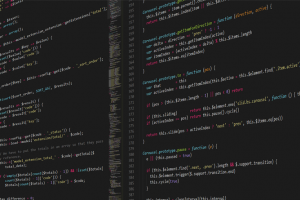
What is Java Serialization?
Java Serialization is the process of converting an object into another stream of bytes. Through this, the object can now be written into a file. This is being transported into a network or into a database. The process of de-serialization is the vice versa of serialization. In other words, Java serialization is building or converting an object into another stream of bytes while de-serialization is rebuilding or restoring the object from a different stream of bytes.
The Java serialization has the features that enable to perform both serialization and de-serialization. There is a need for an implementation of java.io in order to be eligible for serialization. Java serialization is a guide or serves as the basis in transforming graphs of Java objects into another type of bytes. This is for the storage and transmission that can be better return back into another graph or the original Java object.
Why Serialization?
Since serialization is the mechanism and the basis for storing objects’ states, that is why java serialization is very important. Where can we use java serialization? And why serialization? Java serialization saves the programs’ states on the disk and other storage. This can also be used for saving the state of the game. Java serialization also sends data from the network in objects such as sending messages as objects like the online chats. Serialization is also used in storing data to files on a disk. For example, you can store any kind of list. Here are some of the important things that you should know about Java Serialization.
- Trust but verify
It is so nice to assume that the data is always the data that was written and put into its original stream. But, are you sure about it? It is better to trust but don’t forget to validate or verify. Serialization is validating the fields in order to secure and ensure their legitimacy. Just in case, you have to check first so that you’ll never regret soon.
- Java Serialization can put a proxy to the stream
The fields can be retrieved and can be derived. Serializing the object is very necessary. Nominating the proxy into the stream is also important. There are methods used in serializing the object such as the read resolveMethod and the writeReplace method.
- Java Serialization allows refactoring
Java serialization allows refactoring. You can also decide to add a new field to the class. Another important benefit of serialization is the idea of refactoring. It is also possible for class variation because of the Java Serialization. The Java Serialization can support versioning and it is flexible to allow evolution on the application. It is also easy to use and even customizable. Serialized stream is being compressed and supports the needs of Java developers and computing. Exchanging objects between Java is also another feature of Java Serialization.
Serialization in Java is more flexible as compared to other Java developers. Most of the Java developers know the importance of Java serialization. The ultimate purpose of Serialization in Java is to build and rebuild the object from the data stream. Serialization is used in so many processes in the Java platform.



